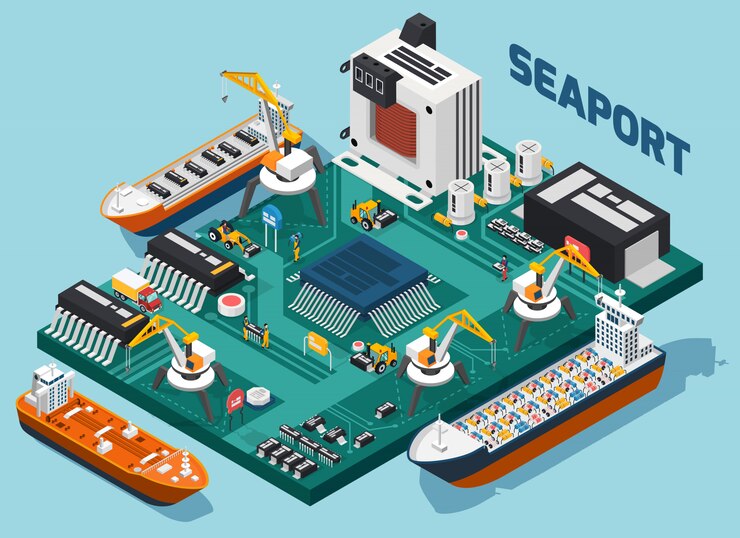1. Introduction to Deep Offshore Technology
Deep offshore technology refers to the complex systems and equipment used to explore, extract, and transport hydrocarbons and other natural resources from deep beneath the ocean’s surface. As the world’s demand for energy grows, exploration in deepwater regions—often at depths exceeding 1,000 meters—has become a key aspect of the global energy industry.
2. The Evolution of Offshore Drilling Technology
Offshore drilling technology has evolved significantly over the past century, progressing from shallow water platforms to the deployment of floating rigs in the most extreme ocean depths. In the early stages, offshore drilling was limited to relatively shallow waters, but the discovery of large hydrocarbon reserves in deeper waters prompted the development of more advanced drilling rigs capable of withstanding these challenging environments.
3. Key Technologies Driving Deepwater Exploration
Several groundbreaking technologies have made deepwater exploration and drilling more feasible. Dynamic positioning systems, which allow drilling rigs and vessels to remain in precise locations without anchors, are essential for conducting operations in deepwater. Subsea equipment, such as blowout preventers, risers, and subsea manifolds, are also crucial components, as they ensure that wells are drilled safely, even at significant depths.
4. Challenges in Deepwater Operations
Operating in deepwater environments presents unique challenges that require innovative solutions. Furthermore, the logistics of deepwater operations are complex and costly. The remoteness of deepwater drilling sites also presents challenges related to safety, emergency response, and environmental protection.
5. Environmental Considerations and Sustainability
As deepwater exploration and extraction have become more commonplace, concerns about the environmental impact of such operations have grown. Oil spills, although rare, can have devastating effects on local wildlife and ecosystems. Therefore, there is a growing emphasis on reducing environmental risks through the development of cleaner technologies and stricter safety regulations. Subsea technologies, such as blowout preventers and containment systems, are critical in preventing catastrophic incidents.
6. Future Trends in Deep Offshore Technology

The future of deep offshore technology looks promising, with a focus on further automation, enhanced safety measures, and sustainability. These vehicles are expected to significantly reduce operational costs and improve safety by minimizing human exposure to hazardous conditions.
7. Conclusion: The Role of Innovation in Shaping Offshore Operations
Innovation is at the heart of deep offshore technology, driving the industry’s ability to explore and extract resources from previously inaccessible regions of the ocean. As challenges evolve and new opportunities emerge, technological advancements will continue to play a crucial role in shaping the future of offshore operations.
